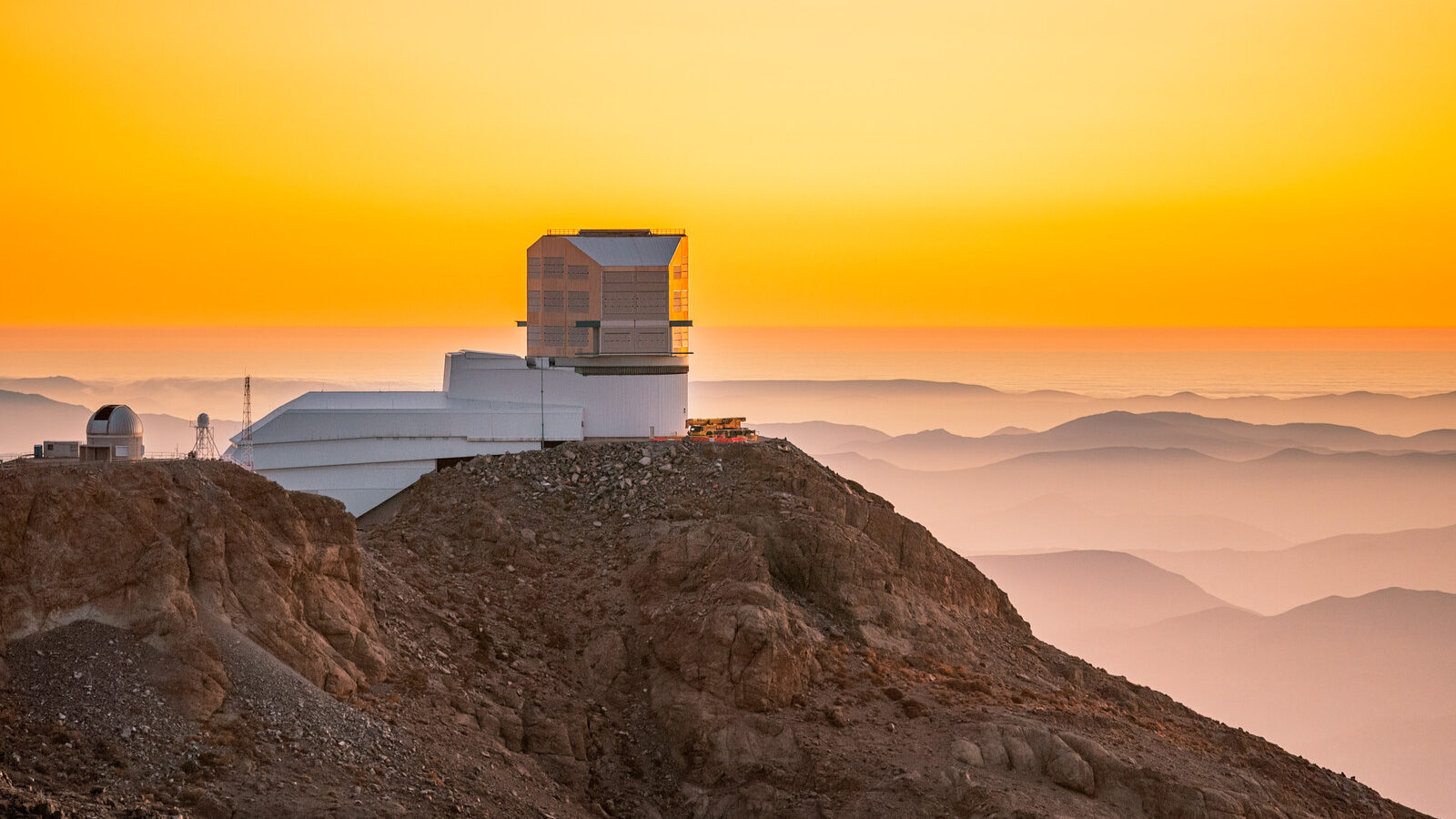Russia wants to send cosmonauts to China space station
The mission would be complicated.

Roscosmos is looking at ways to send its cosmonauts to the Chinese space station, launching from sites in either Russia or French Guiana.
During a press conference at the recently concluded Global Space Exploration Conference (GLEX) in St. Petersburg, Russia, on June 15, Dmitry Rogozin, director general of Roscosmos, revealed that Russia is in discussions with China about crewed flights to the Chinese space station.
Rogozin, in response to a question from Aviation Week about potentially launching cargo or crew to China's new orbital outpost, said, "We are planning to send our astronauts to the Chinese station."
Related: The latest news about China's space program
"The Chinese station ... has a different inclination, not the same as ISS [the International Space Station] has … It is accessible from Vostochny Cosmodrome and also accessible from [the European] Kourou launching site [in French Guiana]," Rogozin said. "We have explored the feasibility of upgrading the Soyuz launch pad at Kourou Cosmodrome to enable it to launch manned missions to the Chinese orbital station."
China launched its first crew to the Tianhe space station core module on Wednesday using a Long March 2F rocket from Jiuquan in the Gobi Desert. Shenzhou-12 mission astronauts Nie Haisheng, Liu Boming and Tang Hongbo will spend three months aboard Tianhe.
The Chinese Space Station (CSS) is expected to be completed in 2022 and be permanently crewed for at least 10 years. It could even become the only destination in low Earth orbit for international astronauts, since the future of the International Space Station (ISS) is not clear beyond 2024.
Breaking space news, the latest updates on rocket launches, skywatching events and more!
Russia is currently involved in the ISS project, but has said it is considering pulling out of the partnership after 2024, making Rogozin's comments more notable.
However, getting cosmonauts to the Chinese space station will be challenging. Russia's cosmodromes are located at higher latitudes than can easily reach the CSS. The station's orbital inclination takes it as high as 41.5 degrees north and south of the equator, optimized to launches from Jiuquan.
Space reporter Anatoly Zak reported that Russia even approached China to suggest it make the orbital inclination of the CSS higher, to allow Russian involvement in the project. Currently, Soyuz launches to the CSS would need to perform a "dogleg" maneuver to get into the right inclination, which would require too much extra fuel, or to launch over and potentially drop spent stages on Chinese territory. A new launch vehicle could also be the answer.
In response to a request for clarification on these issues, Roscosmos press office said it could not provide any further comments for now.
The other option being considered is launching crewed Soyuz spacecraft from the European Space Agency (ESA) launch center at Kourou, French Guiana, near the equator. That path would require modifications to the launch complex to facilitate human spaceflight missions. Soyuz rockets already launch from this site, but only carrying robotic satellites.
Asked about this possibility via email, an ESA media representative responded that a study presented at GLEX by France's National Centre for Space Studies (CNES) looked at potential futures for the launch site.
ESA added the agency has been "conducting various system studies related to human spaceflight infrastructure ... should a decision on European human spaceflight capabilities be taken during the next ESA Ministerial Council 2022 or a similar high-level meeting involving ESA member states, ESA stands ready to develop this."
Other factors that Russia would need to consider include the compatibility of the docking mechanisms that allow spacecraft to dock with space station modules.
China can, of course, launch astronauts from Jiuquan for international partners, but for foreign astronauts to join Shenzhou missions would likely require a long period of joint training and development of language skills, much as NASA, ESA and other astronauts have learned Russian to travel to the ISS aboard the Soyuz.
Lots of technical work and diplomatic efforts would be needed before we see cosmonauts launching for the CSS, but China and Russia are already cooperating more closely in space.
China and Russia presented a first version of a roadmap for a joint International Lunar Research Station at GLEX, which the pair say is open to all interested parties. At the same time the U.S. is seeking partners for its Artemis Accords and lunar exploration project, with Brazil recently becoming the 12th country to sign on.
Follow us on Twitter @Spacedotcom and on Facebook.
Join our Space Forums to keep talking space on the latest missions, night sky and more! And if you have a news tip, correction or comment, let us know at: community@space.com.

Andrew is a freelance space journalist with a focus on reporting on China's rapidly growing space sector. He began writing for Space.com in 2019 and writes for SpaceNews, IEEE Spectrum, National Geographic, Sky & Telescope, New Scientist and others. Andrew first caught the space bug when, as a youngster, he saw Voyager images of other worlds in our solar system for the first time. Away from space, Andrew enjoys trail running in the forests of Finland. You can follow him on Twitter @AJ_FI.
